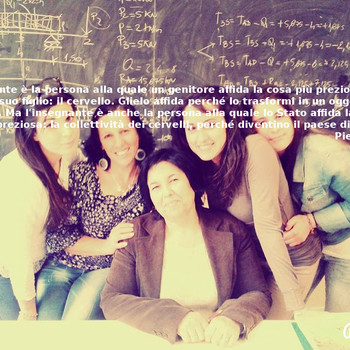How To Do These Pythagorean Theorem Math Questions?
Hi all, here are some questions for the past day I am not able to absolutely understand could someone please give me explanations on how to solve these? I will put the pictures below.
This is #9 the question![enter image source here]()
This is #9c I am unable to solve this
![enter image source here]()
This is number #3 and # 5 I am unable to solve this
![enter image source here]()
I understand all of you are very busy! If you are able to answer all of these hopefully simple questions, I'd really appreciate it!
Hi all, here are some questions for the past day I am not able to absolutely understand could someone please give me explanations on how to solve these? I will put the pictures below.
This is #9 the question
This is #9c I am unable to solve this
This is number
I understand all of you are very busy! If you are able to answer all of these hopefully simple questions, I'd really appreciate it!
3 Answers
Answer to ex. 9c:
Answer to ex. 3: the perimeter is
Answer to ex. 5: the side of the square is
Explanation:
Answer to ex. 9c:
Let C be the intersection of MN with AB:
the triangles AMC and NBC are similar
(
let
that's
Then AB=AC+BC and, by the Pythagoras theorem, it is:
Answer to ex.3
Let x the lower side of the rectangle, then the greater one will be 2x, then let's solve the equation:
Then the perimeter is:
and the area is:
Answer to ex. 5
In a square the relation between side and diagonal is:
diagonal=side
Then side=diagonal
Explanation:
Please see the diagram below for reference.
Here we have extended
Now as
Similarly
Now as
and
(3) Perimeter
Area
(4)Side of square
(9)
Explanation:
(3) Let
Length of other side is
Therefore,
Perimeter
Area
(5)Let
(9c) Easier way to calculate
Let
Let
Triangles OMA and ONB are similar
Therefore,
Finally,
I hope that this will help!!!


